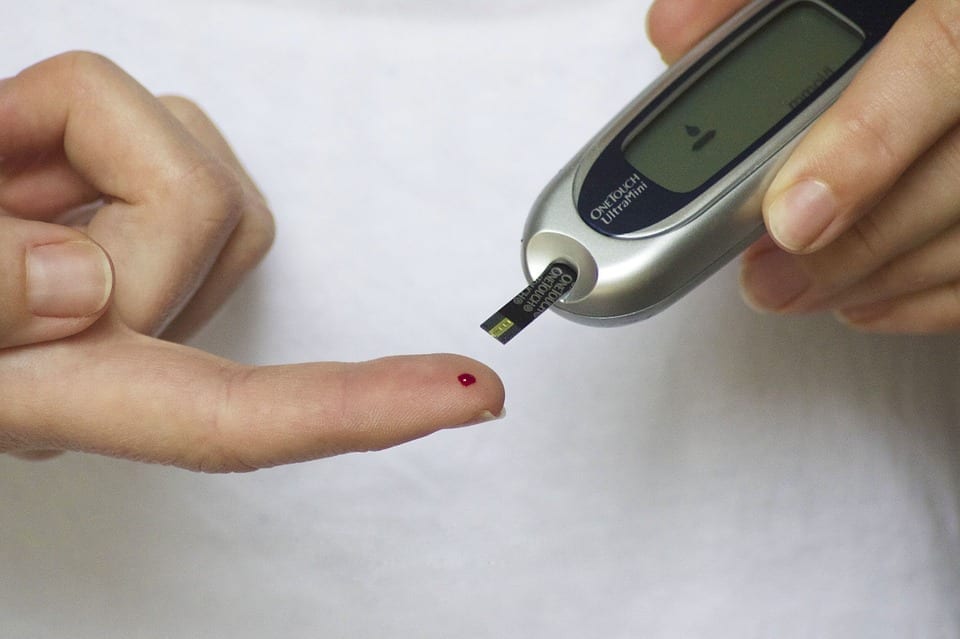Exercise increases insulin sensitivity. Therefore it helps to improve the action of a given amount of insulin, so that less insulin may be needed to maintain the blood sugar level. Insulin levels that may have been appropriate for you at rest become too much for you during exercise. In the general population, activity causes the muscles to draw more glucose from the blood and insulin requirements have been known to decrease by 50%.
In people who do not have diabetes, the pancreas can quickly respond by tapering off insulin secretion. The liver produces more glucose for the body to use and the level of glucose in the blood remains steady. In other words, the body makes up for that sensitivity by secreting less insulin during and after exercise in someone who does not have diabetes.
In a child, teen or adult with Type 1 diabetes, who uses injected insulin, the insulin action is unable to “shut off”. The muscles continue to use up the available glucose in the blood. The insulin causes the muscles to draw more glucose, and prevents the liver from replenishing the supply of glucose in the blood. This may, therefore, put the person at risk for a low blood sugar. Also, consideration needs to given to the site used for injection, as it can affect insulin absorption.( i.e. injecting into the leg and then running is not recommended.) The best injection site to use when exercising is the abdomen.
Exercise induced hypoglycemia can happen much later after the exercise and even up to 24 hours after exercise because of depleted glycogen stores and long-lasting effects of exercise on insulin sensitivity.
On the other hand, exercise does not always lower blood sugar levels. If blood glucose levels are very high, over 17 mmol/l, it is unlikely that exercise will bring the glucose levels down. The liver continues to put out nearly as much glucose as it normally would, but because of insulin deficiency, the muscle tissue isn’t able to use it quickly. The net effect is a buildup of glucose in the bloodstream. In a person with a high blood sugar and not enough insulin, the glucose just keeps rising. Do not exercise if you are sick and have ketones in your urine. Exercise only when under control.
Also, depending on the activity and the intensity, blood glucose levels may not be reduced. Competitive activities such as soccer or hockey may increase the glucose levels, because heavy demand during the game increases stress hormones that work against the insulin. Also, at times, the glucose level doesn’t fall during activity, especially if the activity occurs immediately after a meal. Then, the glucose level may then drop for up to 6 to 12 hours after the activity is over. which is known as the lag effect. This means people, particularly children, are at risk for hypoglycemia later on in the night. Children doing activities after supper should have larger portions at their evening snack. Parents will set their alarm and do a 2-4 am glucose check to rule out night-time low glucose levels, also called nocturnal hypoglycemia.
Exercise benefits individuals with Type 1 as much as it does those without diabetes. Exercise clearly decreases blood glucose levels and thereby reduces insulin requirements, however, it does not necessarily improve long-term blood glucose control in people with Type 1 diabetes. In fact, people with Type 1 diabetes who exercise, must learn to balance the impact of exercise within a framework of several strategies for diabetes control.





Be the first to comment on "Diabetes and Health: WHAT HAPPENS WHEN I EXERCISE?"